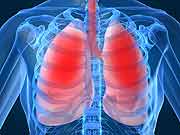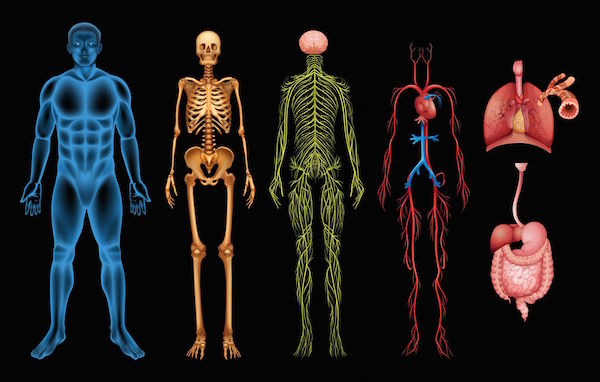
TUESDAY, Dec. 14 (HealthDay News) — A change in medical procedures could greatly reduce and possibly eliminate the shortage of lungs available for transplant, U.S. experts and an Italian study suggest.
The procedure — carefully controlling the volume of air and pressure inside the lungs of brain-dead patients on ventilators — nearly doubled the number of lungs that were able to be transplanted to save the lives of others, the study found.
The United States has a shortage of lungs, as well as other organs, available for donation. People needing a lung transplant wait an average of more than three years, according to the United Network for Organ Sharing (UNOS). In 2009, 2,234 people were added to the waiting list, according to the Organ Procurement and Transplantation Network (OPTN).
One reason for the shortage is that lungs are “finicky” and easily damaged while comatose patients are on ventilators, said Dr. Phillip Camp, director of the lung transplant program at Brigham and Women’s Hospital in Boston and chairman of the UNOS-OPTN operations and safety committee.
But more carefully controlling how much air is pushed into the lungs by ventilators and maintaining pressure inside the lungs during such procedures as apnea tests, to check breathing, improves lung viability dramatically, according to the study.
“They found remarkable increases in the availability of viable lungs using this lung preservation strategy,” said Dr. Mark S. Roberts, chairman of the health policy and management department at the University of Pittsburgh and author of an editorial accompanying publication of the study in the Dec. 15 issue of the Journal of the American Medical Association.
The study involved 118 brain-dead patients with otherwise normal lung function. One group was given conventional ventilation, including relatively high volumes of air pumped in from the ventilator and disconnection of the ventilator during apnea tests, allowing the lungs to deflate.
The others were given so-called “protective” ventilation. That procedure included less air volume, higher “positive end-expiratory pressure levels,” which meant increasing the air pressure in the lungs near the end of expiration to maintain pressure, and the use of continuous positive airway pressure during various medical procedures and tests, which does not allow the lungs to totally deflate.
About 95 percent of those in the protective ventilation group met the criteria to become lung donors, compared with 54 percent of those treated conventionally.
About 54 percent of the protective group actually became donors, compared with 27 percent in the conventional group.
Those who received the donor lungs showed little difference in outcomes. After six months, 75 percent of people who’d received a lung from the protective group were alive, compared with 69 percent who’d gotten a lung from the conventional group.
The number of other organs — such as hearts, livers or kidneys — donated by each person was also similar, regardless of which method of ventilation had been used.
Small studies in the United States have tried similar strategies successfully, Camp said.
During normal respiration, the diaphragm contracts, allowing a person to suck air into the lungs using a negative pressure system, Camp explained. Ventilators, on the other hand, force air into the lungs using positive pressure. Over time, much like blowing up a balloon again and again, that process can weaken and damage the lungs, he said.
But lowering the volume pushed into the lungs seems to help avoid some of this damage, Camp said.
Also, during conventional ventilation, the ventilator is turned off briefly during certain medical tests and procedures, allowing the lungs to essentially deflate. Like blowing up a balloon, getting them re-inflated requires forcing air into the lungs, which also takes a toll, Camp said.
Maintaining a low level of air pressure in the lungs at all times avoids this, he said.
“The researchers took a growing trend and provided a good, thorough, scientific validation,” Camp said. “This kind of thoughtful approach can improve the quality of the donor lungs we have, which in the end can mean more donor lungs for recipients.”
Typically, about 15 to 20 percent of lungs from people who are brain dead are viable for transplantation, according to the study. Camp said that kidneys and livers are relatively easy to keep viable for transplant, but hearts and lungs are more difficult.
Using the protocols at U.S. hospitals has the potential to virtually eliminate the lung shortage, Roberts said.
“If you can double the amount of lungs available for transplants, that can almost wipe out the shortage between what is demanded and what is available,” Roberts said. “It would make a huge difference.”
More information
The U.S. National Heart, Lung, and Blood Institute has more on lung transplant.

